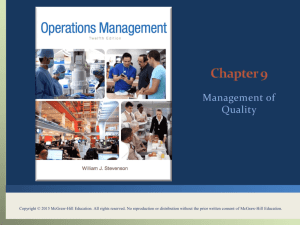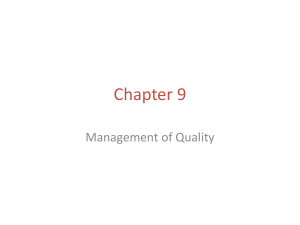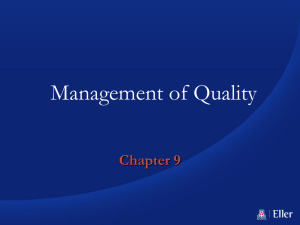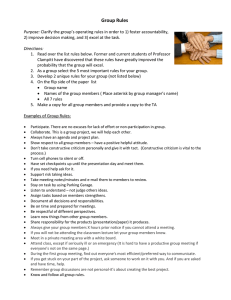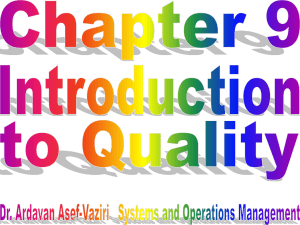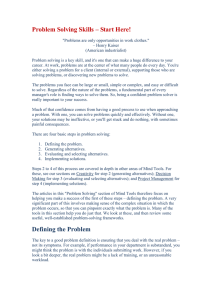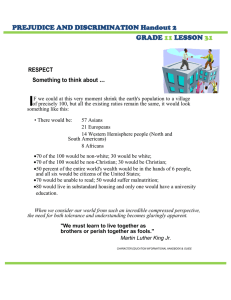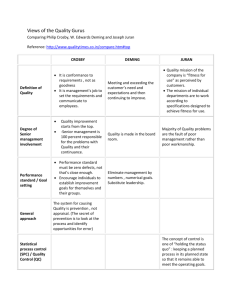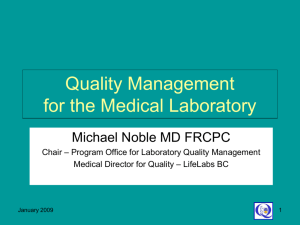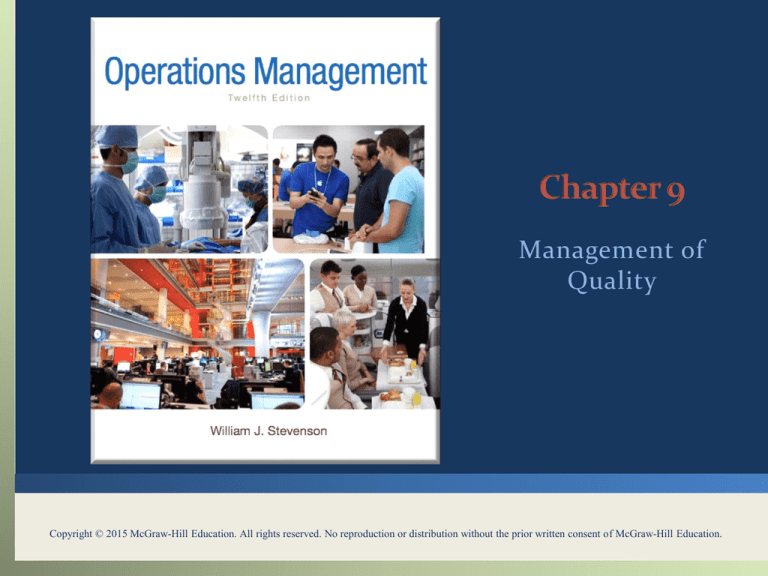
Management of
Quality
Copyright © 2015 McGraw-Hill Education. All rights reserved. No reproduction or distribution without the prior written consent of McGraw-Hill Education.
You should be able to:
LO 9.1 Discuss the philosophies of quality gurus
LO 9.2 Define the term quality as it relates to products and as it relates to
services
LO 9.3 Identify the determinants of quality
LO 9.4 Explain why quality is important and the consequences of poor
quality
LO 9.5 Distinguish the costs associated with quality
LO 9.6 Discuss the importance of ethics in managing quality
LO 9.7 Compare the quality awards
LO 9.8 Discuss quality certification and its importance
LO 9.9 Describe TQM
LO 9.10 Give an overview of problem solving
LO 9.11 Give an overview of process improvement
LO 9.12 Describe the six sigma methodology
LO 9.13 Describe and use various quality tools
9-2
Walter Shewart
“father of statistical quality control”
Control charts
Variance reduction
W. Edwards Deming
Special vs. common cause variation
The 14 points
Joseph Juran
Quality Control Handbook, 1951
Viewed quality as fitness-for-use
Quality trilogy – quality planning, quality control, quality improvement
LO 9.1
9-3
Performance – main characteristics of the product
Aesthetics – appearance, feel, smell, taste
Special features – extra characteristics
Conformance – how well the product conforms to design
specifications
Reliability – consistency of performance
Durability – the useful life of the product
Perceived quality – indirect evaluation of quality
Serviceability – handling of complaints or repairs
Consistency – quality doesn’t vary
LO 9.2
9-4
Quality of design
Intention of designers to include or exclude features in a product or service
Quality of conformance
The degree to which goods or services conform to the intent of the
designers
Ease-of-Use and user instructions
Increase the likelihood that a product will be used for its intended purpose
and in such a way that it will continue to function properly and safely
After-the-sale service
Taking care of issues and problems that arise after the sale
LO 9.3
9-5
Loss of business
Liability
Productivity
Costs
LO 9.4
9-6
Appraisal Costs
Costs of activities designed to ensure quality or uncover
defects
Prevention Costs
LO 9.5
All TQ training, TQ planning, customer assessment,
process control, and quality improvement costs to
prevent defects from occurring
9-7
Substandard work
Defective products
Substandard service
Poor designs
Shoddy workmanship
Substandard parts and materials
Having knowledge of this and failing to correct
and report it in a timely manner is unethical.
LO 9.6
9-8
Quality Awards
Deming Prize
Malcolm Baldrige National Quality Award
European Quality Award
LO 9.7
9-9
International Organization for Standardization
ISO 9000
Set of international standards on quality management and quality
assurance, critical to international business
ISO 14000
A set of international standards for assessing a company’s
environmental performance
ISO 24700
Pertains to the quality and performance of office equipment that
contains reused components
LO 9.8
9-10
A philosophy that involves everyone in an organization
in a continual effort to improve quality and achieve
customer satisfaction.
T
LO 9.9
Q
M
9-11
LO 9.10
9-12
Process Improvement
A systematic approach to improving a process
Map the process
Collect information about the process and identify each step in
the process
Prepare a flowchart that accurately depicts the process
Analyze the process
Ask critical questions about the process
Ask specific questions about each step in the process
Redesign the process
LO 9.11
9-13
Principles
Reduction in variation is an important goal
The methodology is data driven; it requires data validation
Outputs are determined by inputs
Only a critical few inputs have a significant impact on outputs
DMAIC
Define:
Measure:
Analyze:
Improve:
Control:
LO 9.12
Set the context and objectives for improvement
Determine the baseline performance and capability of
the process
Use data and tools to understand the cause-and-effect
relationships of the process
Develop the modifications that lead to a validated
improvement of the process
Establish plans and procedures to ensure that
improvements are sustained
9-14
LO 9.13
9-15

